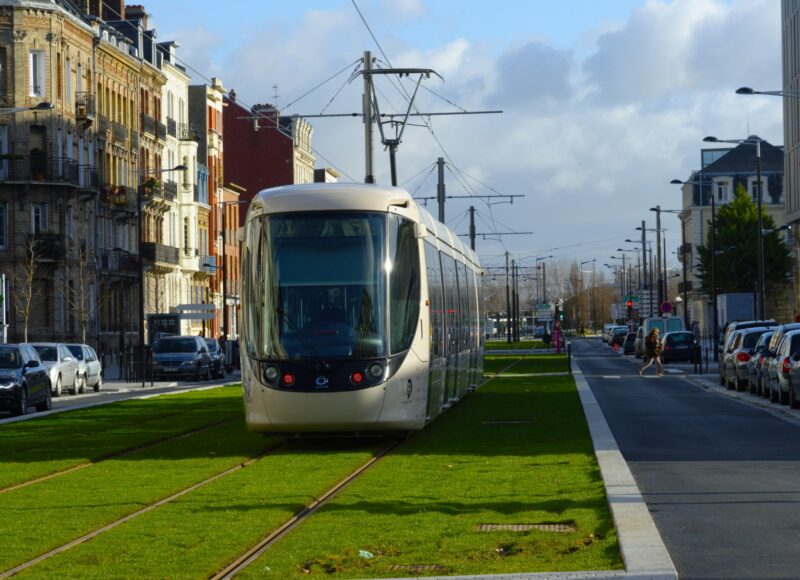STEM
The STEM model, developed since 2017 at the École des Ponts ParisTech, under the direction of Fabien Leurent, is a strategic model of mobility on the scale of a metropolitan urban area. It represents the main challenges of mobility in such a territory, in terms of social impacts (service provided to users, accessibility of places), economic impacts (quality of service, fares and revenue, production costs and financing) and environmental impacts (noise, air pollution, energy and greenhouse gases).
STEM is a technical and economic model, intended to:
- quantify the different issues;
- simulate states of equilibrium between transport supply and mobility demand;
- seek out optimised states of the system by calculating action variables which optimise an objective function while satisfying imposed constraints.
The typical application is to seek a plan for the public transport prices and offer that maximises a function of collective well-being (sum of the surplus demand, operator profits and the monetisation of environmental impacts), while respecting a subsidy limit for the operation of public transport.
LVMT
LVMT
- About
- Researchers
- Projects
- Practitioner groups
- Research areas





